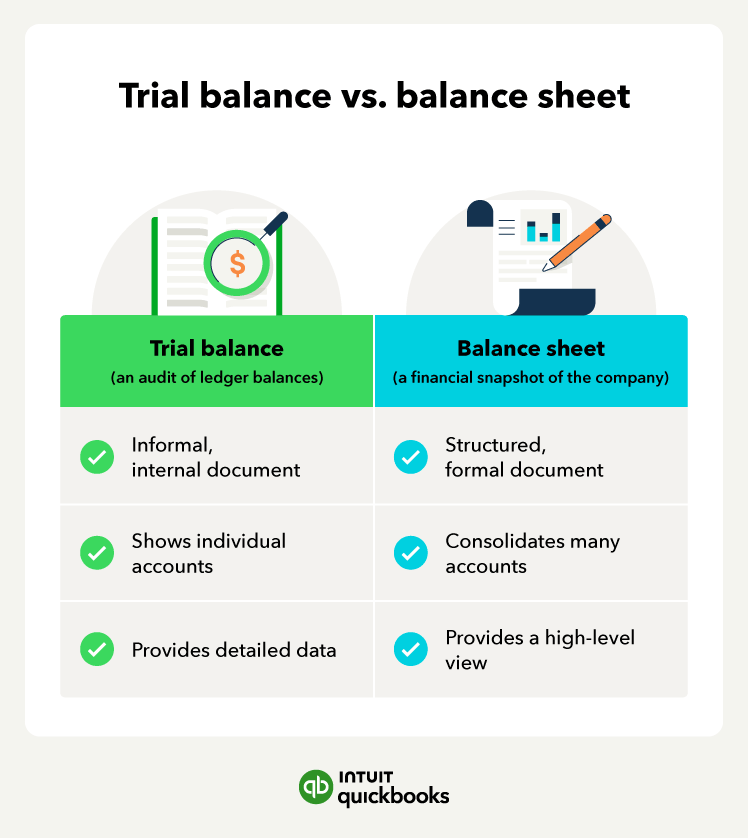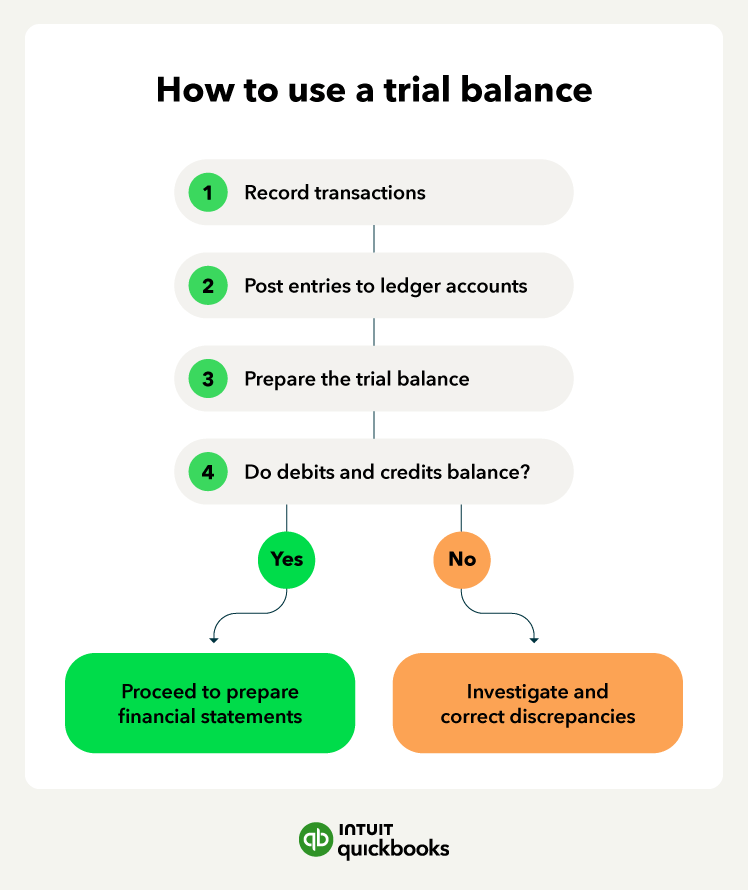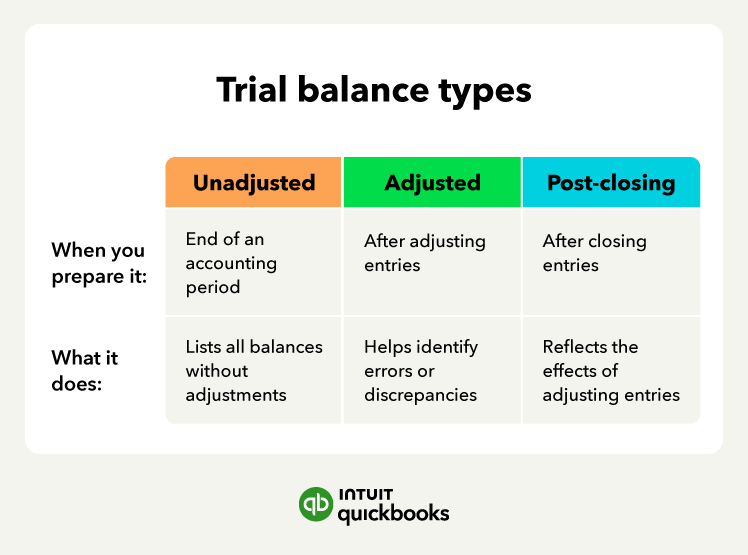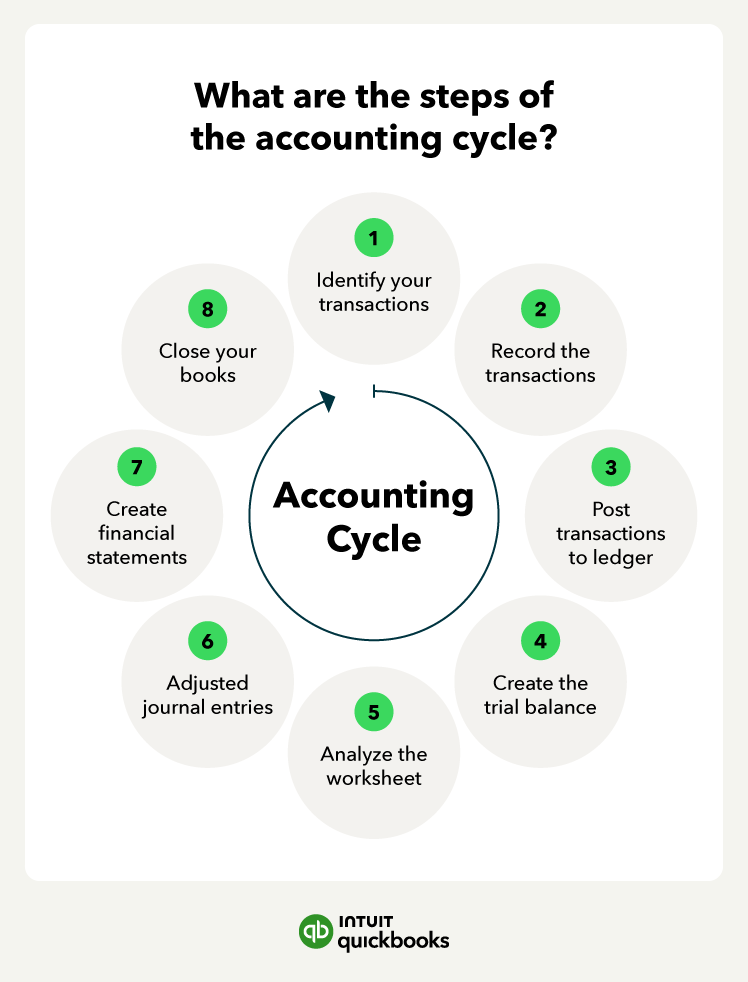Numbers don't lie, especially in accounting. Before computers, a ledger was the main tool for ensuring debits and credits were equal. A key part of ensuring accounting accuracy is the trial balance.
It’s one of the first lines of defense against accounting errors and a pivotal report within double-entry bookkeeping. Business owners need to know how trial balances work. Let’s look at what a trial balance is, how it works, the various types, and examples.
What is a trial balance?
A trial balance is an accounting report you put together at the end of an accounting period to ensure the general accounting ledger is correct and the total debits match the total credits.
The biggest goal of a trial balance is to find accounting errors and transposition errors like switching digits. By highlighting these mistakes, the trial balance acts as an accuracy check for a business, mitigating the risk of inaccuracies before you generate final financial statements.
Trial balance vs. balance sheet
A trial balance is an internal report that itemizes the closing balance of each of your accounting accounts. It acts as an auditing tool, while a balance sheet is a formal financial statement.

















